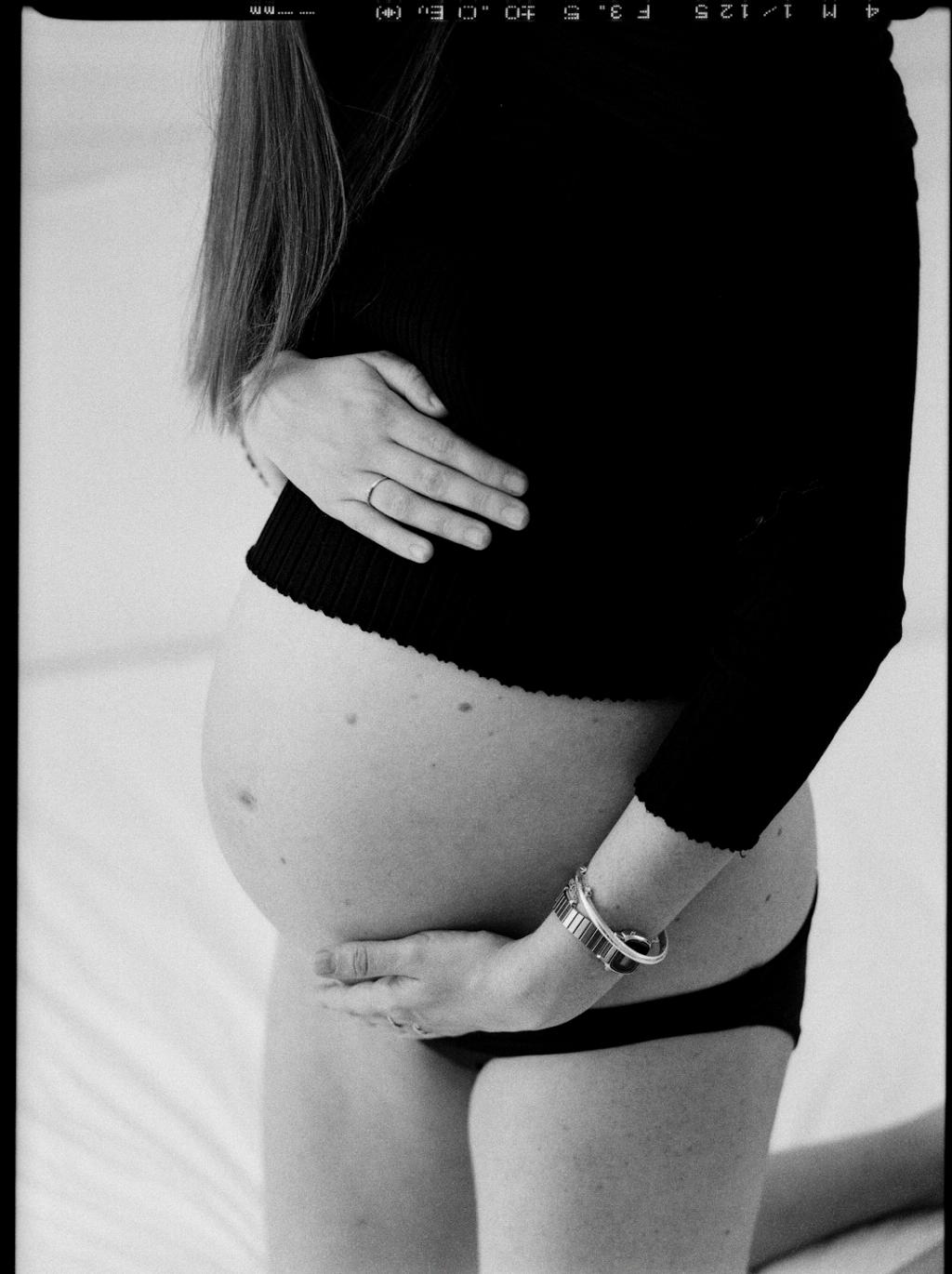When it comes to the question of what labor pain can be compared to, it’s essential to understand the unique nature of the pain experienced during childbirth. Many women often wonder how to explain the intensity of labor pain to those who have never gone through it themselves.
Apples, Pears, and Oranges
Comparing labor pain to anything specific can be quite challenging, as the experience can vary greatly from woman to woman and even from one childbirth to another. Some women have described the sensation as similar to severe menstrual cramps, while others have likened it to intense pressure or a deep ache.
Unique and Individual
It’s important to recognize that the experience of labor pain is unique and individual. What one woman may describe as excruciating, another might view as manageable. The intensity and perception of pain can also be influenced by factors such as a woman’s pain tolerance, previous childbirth experiences, and overall health.
Intensity of Contractions
One way to understand labor pain is to consider the intensity of contractions. These rhythmic tightening and releasing of the uterine muscles are responsible for dilating the cervix and pushing the baby down the birth canal. The pain experienced during contractions can range from mild discomfort to intense pressure and cramping.
Pushing and Crowning
As labor progresses, the sensation of pain can change during the pushing stage and crowning. Pushing involves bearing down with each contraction to help move the baby through the birth canal. The feeling of pressure and stretching during crowning as the baby’s head emerges can be intense and overwhelming for some women.
Physical and Emotional Elements
Labor pain isn’t just physical; it also involves emotional and psychological aspects. The anticipation of childbirth, the uncertainty of how labor will progress, and the fear of the unknown can all contribute to the overall experience of pain during labor.
Comparisons with Menstrual Cramps
Some women have likened the pain of labor contractions to severe menstrual cramps. While both involve the uterus contracting, labor contractions are typically more intense and frequent than menstrual cramps, which are often milder and more sporadic.
Similarities to Intense Pressure
Others have described the sensation of labor pain as akin to intense pressure. The feeling of the baby descending through the pelvis and the pressure on the pelvic bones can create a sensation of heaviness and discomfort that is difficult to compare to anything else.
A Deep Ache
For some women, labor pain is best described as a deep ache that radiates through the lower abdomen and back. This constant and throbbing sensation can be relentless during the peak of contractions, making it challenging to find relief.
Individual Perception
Ultimately, the comparison of labor pain to any specific sensation is subjective and based on individual perception. What one woman may find manageable, another may find unbearable. It’s crucial to respect each woman’s unique experience of childbirth and the pain that accompanies it.
Conclusion
In conclusion, comparing labor pain to a specific experience or sensation can be challenging due to its unique and individual nature. The intensity of contractions, the pushing stage, and crowning all contribute to the multifaceted experience of labor pain. Understanding and acknowledging the physical, emotional, and psychological aspects of childbirth can help provide a more comprehensive perspective on what labor pain can be compared to.

